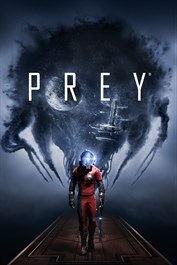 For all that it’s five years old, Prey is one of the best games I’ve ever played, and certainly the best one I’ve finished in recent memory[1]. (I need to get back to Pillars of Eternity. And also Horizon Zero Dawn.)
For all that it’s five years old, Prey is one of the best games I’ve ever played, and certainly the best one I’ve finished in recent memory[1]. (I need to get back to Pillars of Eternity. And also Horizon Zero Dawn.)
It is approximately like, what if Half-Life, but extremely modern and therefore with the ability to have and track quests and side quests, and the survivors you meet are actually able to, on occasion, take care of themselves a little bit instead of solely serving to keep you in a somber mood. You can play guns blazing, or extreme stealth, or anything in between, while being as kind or cruel or unconcerned as you prefer. In a different world where I didn’t have an infinite number of massive games I wanted to play, nevermind the smaller ones, I might be inclined to play this again with a different focus. I happen to know there are things I never saw because I played differently than what would have allowed me to see them.
As far as the plot: go in as blind as you can. All I knew was a) praise and b)… actually, I can no longer swear what I knew about b), so it would be unfair to say anything, wouldn’t it? But the game starts off on your first day joining your big brother in the family business. Wake up, get ready, fly across town in a helicopter while the credits roll, then take the evaluation tests you need to pass to go up to the space station where the real magic (by which I mean science) happens. Only, the tests don’t really make even a lick of sense? And why is that table running around, and why are the alarms going off? And then things get weird.
In conclusion, I liked it really a lot. The plot twists never really stopped, no matter how far into the game you think you’ve gotten. I am uncertain about the expansion? But I would play the hell out of a sequel.
[1] “Okay, but what about Hollow Knight?” It’s like this. They are both exemplars of their respective types of game, but Prey has the better plot. HK has the better mood, if that makes you feel okay about things.
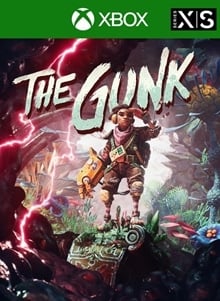 For the first time in probably literally ever, I have played a new game, to completion, within a fortnight of its release[3]. Even accounting for its being a relatively short game, my counterpoint is that I didn’t play it for about a week in the middle, what with Christmas and having a child and all that this entails. My points are a) wow and b) look for this to never happen again, like, ever.
For the first time in probably literally ever, I have played a new game, to completion, within a fortnight of its release[3]. Even accounting for its being a relatively short game, my counterpoint is that I didn’t play it for about a week in the middle, what with Christmas and having a child and all that this entails. My points are a) wow and b) look for this to never happen again, like, ever.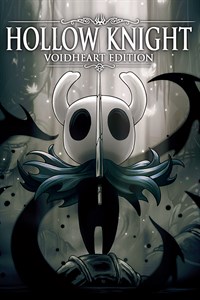 I still don’t understand why games that are roguelike are named after the original game of that style, Rogue, while games that are Metroid-like (ie, exploration-platformers with boss fights and power-ups) are named after more than a decade later when Castlevania did the same thing, and someone decided they were equivalent and everyone else agreed. It’s just not right.
I still don’t understand why games that are roguelike are named after the original game of that style, Rogue, while games that are Metroid-like (ie, exploration-platformers with boss fights and power-ups) are named after more than a decade later when Castlevania did the same thing, and someone decided they were equivalent and everyone else agreed. It’s just not right.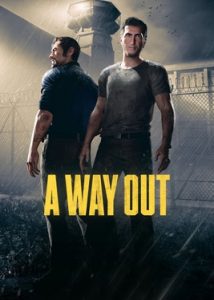 I found it difficult to classify
I found it difficult to classify 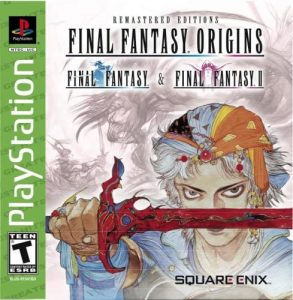 Sixteen years ago, somehow, I played
Sixteen years ago, somehow, I played 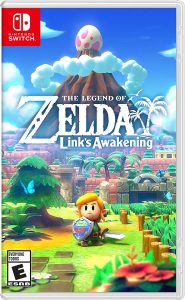 Two milestones! Surprisingly to me, I’ve never finished a Switch game before. Like, I kind of finished the Mario game from one perspective, but from another I was barely halfway through it. Regardless, no review! So, oops. (Or not. It’s hard to know.) But also, I’ve never played a game that required specifying a year for version control.
Two milestones! Surprisingly to me, I’ve never finished a Switch game before. Like, I kind of finished the Mario game from one perspective, but from another I was barely halfway through it. Regardless, no review! So, oops. (Or not. It’s hard to know.) But also, I’ve never played a game that required specifying a year for version control. 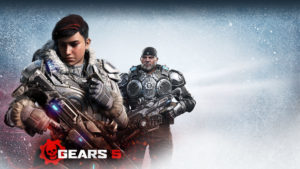 Back at the dawn of time, I played
Back at the dawn of time, I played 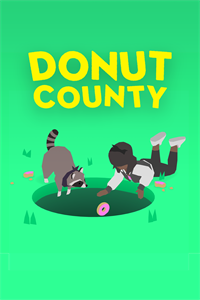 The thing about
The thing about 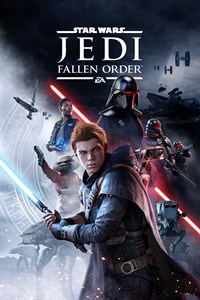 It’s not uncanny valley levels of weird, but it is nevertheless weird to see digital animation versions of real actors that you are already very familiar with. To wit, Cal Kestis, who is played by the Joker from Gotham and one of the Gallagher kids on Shameless. And he’s, like, just extremely recognizable, both character and voice. And in
It’s not uncanny valley levels of weird, but it is nevertheless weird to see digital animation versions of real actors that you are already very familiar with. To wit, Cal Kestis, who is played by the Joker from Gotham and one of the Gallagher kids on Shameless. And he’s, like, just extremely recognizable, both character and voice. And in 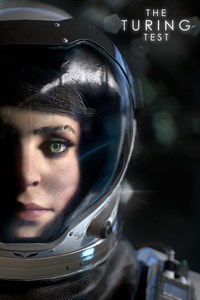 Because I am extremely timely, have another review of a game that’s leaving Game Pass today!
Because I am extremely timely, have another review of a game that’s leaving Game Pass today!